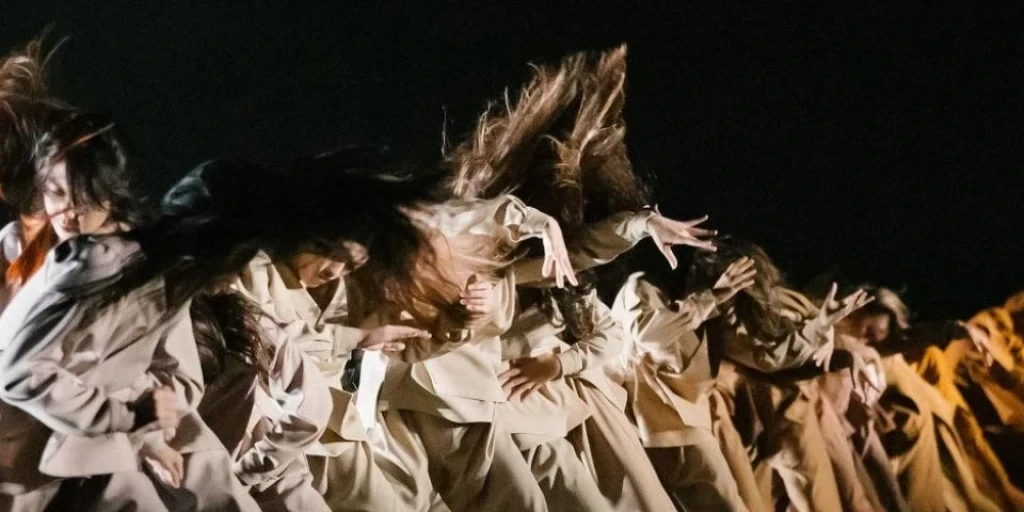Definition of Practice-as-Research for HKAPA
The Academy recognises the value of different approaches to research in the performing arts. Practice-as-Research is a key approach deemed appropriate for HKAPA with its emphasis on creative practice as the process and outcome of inquiry that leads to artistic growth.
Defining Practice-as-Research for HKAPA
Practice-as-Research (PaR) is an approach to research wherein the main inquiry approach is practice, and the findings of the inquiry are presented through a piece of practice. PaR usually also includes a written outcome, or an archival outcome in other forms (e.g. digital images or lecture recitals), that captures the critical reflection on practice and evidences the new knowledge gained through the process of the practice. PaR is concerned about the nature of practice. It aims to develop knowledge of operational significance and to advance professional work. PaR in a higher education context places emphasis on analysing and theorising practice rather than merely gathering reference materials for the production of an artefact or artwork.
At HKAPA, Practice-as-Research encompasses many different levels of creative practice, which may include:
- the production of an artistic work;
- exploration of a performance and its processes;
- studio-based exploration of new performance, design or art-making techniques and processes;
- the development of new pedagogical practices in various art forms.
PaR projects may employ a range of research methodologies chosen to suit the needs of specific projects. These methodologies often include, but are not limited to, qualitative methodologies like action research, case study, ethnography and autoethnography, narrative inquiry, phenomenology, and reflective practice. Quantitative methodologies are also adopted to support the enquiry in the guise of, for instance, surveys and other forms of data collection. Mixed methods are therefore often used.
PaR undertaken at higher education arts institutions presents opportunities for enhancing students’ education, supporting staff’s artistic growth and pedagogical practices, as well as facilitating knowledge exchange with the creative industries and society at large.
Key principles underlying the definition
The definition draws on the writing of key PaR authors like Estelle Barrett, Brad Hasemen and Robin Nelson, documents from other local and international higher education institutions and professional arts organisations, as well as reports of consultancy from scholars and practitioners visiting HKAPA[1]. The definition endeavours to align with contemporary PaR discourses and at the same time deal with specific needs of the Academy as assessed by the external consultants.
Underlying this definition is a growing recognition of the breakdown of the traditional view seeing practice as belonging in the conservatoire while research belongs in universities. New paradigms, forms and modes of research like PaR are gaining recognition and are deemed suitable research approaches for creative practices.
While HKAPA has adopted Practice-as-Research as an umbrella term to describe research bearing the characteristics stated in the above definition, in other contexts, this approach to research may be called Artistic Research, Creative Research, Practice-as-Research-in-Performance, Creative Research, and in some cases are seen as synonymous with Practice-based Research and Practice-led-Research.
External consultants visiting HKAPA suggested that PaR should be incorporated into the Academy’s curriculum at both undergraduate and postgraduate levels. They were of the view that the term Practice-as-Research will be adopted at postgraduate level, while at the undergraduate level the term Reflective Practice may be used instead. In other words, PaR at undergraduate level is mainly conducted through the critical analysis of and reflection upon practice. At postgraduate level, an inquisitive research approach will be adopted to address a set of research questions.
The written outcome of PaR may take a range of forms depending on the nature of the project and the purpose of writing. At undergraduate level, where a Reflective Practice approach is mostly adopted, this may take the form of reflective accounts or commentaries on the students’ artistic processes and outcomes. At postgraduate level, this usually takes the form of an exegesis containing critical reflection on some or all of the following components of the research:
Source of original ideas inspiring the creative practice
The context giving rise to the work
Informing theories and practices
Explanation of the purpose of the work
Articulation of the thinking and creative process
Justification of the creative decisions made
Evaluation of the creative process and the outcome[2]
[1] This refers to a group of consultants who took part in the Academy’s Programme & Curriculum Review cum Benchmarking exercise between 2016 and 2018 (see What do the consultants say? A report on key recommendations from external consultants on HKAPA’s BFA/BMus programmes). In this paper, specific reference has been made to the consultant reports written by Prof. Dai Hounsell, Dr. Mark Readman, Prof. John O’Toole and Prof. Sarah Rubidge.
[2] Summarised from a series of papers on exegesis writing published in TEXT Special Issue edited by Fletcher, J. & Mann, A. (2004). (https://textjournal.com.au/speciss/issue3/content.htm)

